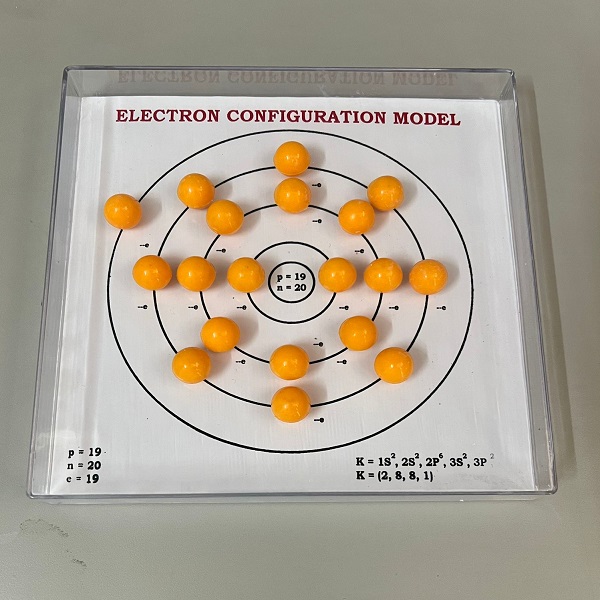The electron configuration model, also known as the Bohr or solar system model, describes the arrangement of electrons around an atom’s nucleus:
-
Electron representationElectrons are represented by dots or crosses.
-
Energy levelsElectrons are positioned in energy levels, or “shells”, around the nucleus.
-
SubshellsWithin the shells, electrons are grouped into subshells, which are identified as s, p, d, and f.
-
Electron fillingElectrons fill orbitals in order of increasing energy, starting with the lowest energy orbitals. This is known as the Aufbau principle.
-
Electron configuration notationThe electron configuration of an atom is written by listing the occupied orbitals in order of filling, with a superscript to indicate the number of electrons in each orbital. For example, the electron configuration of neon is 1s² 2s² 2p⁶The electron configuration model can be used to understand the structure of the periodic table, chemical bonds, and the chemical formulas of compounds.






There are no reviews yet.